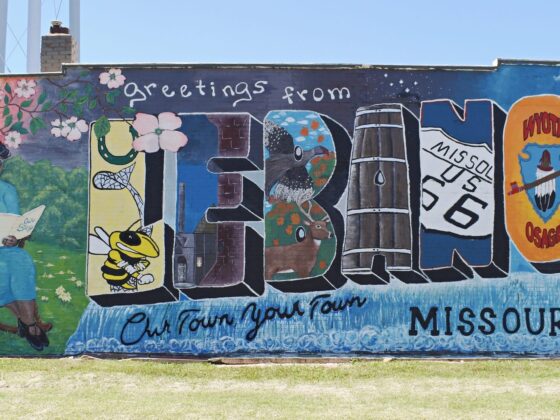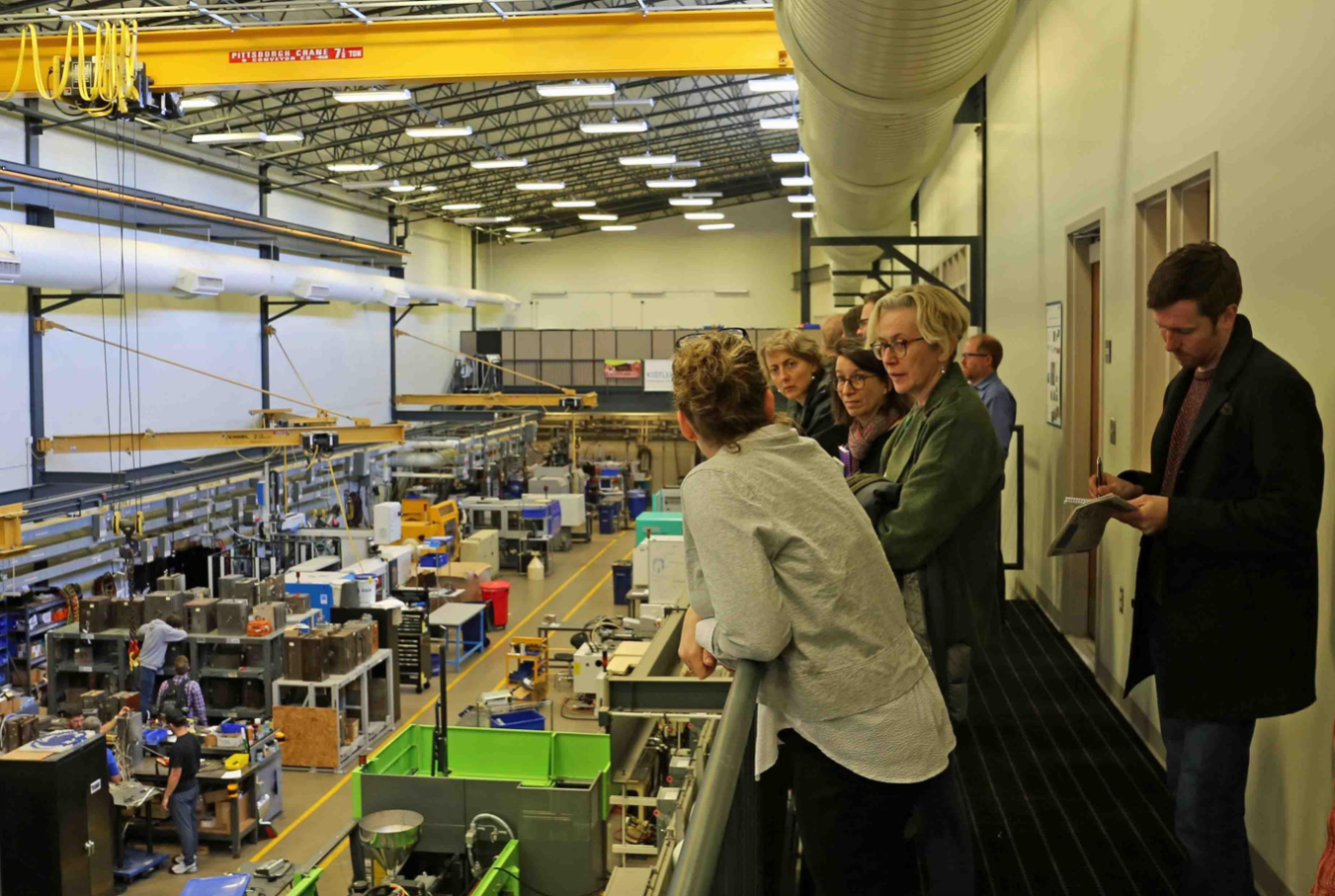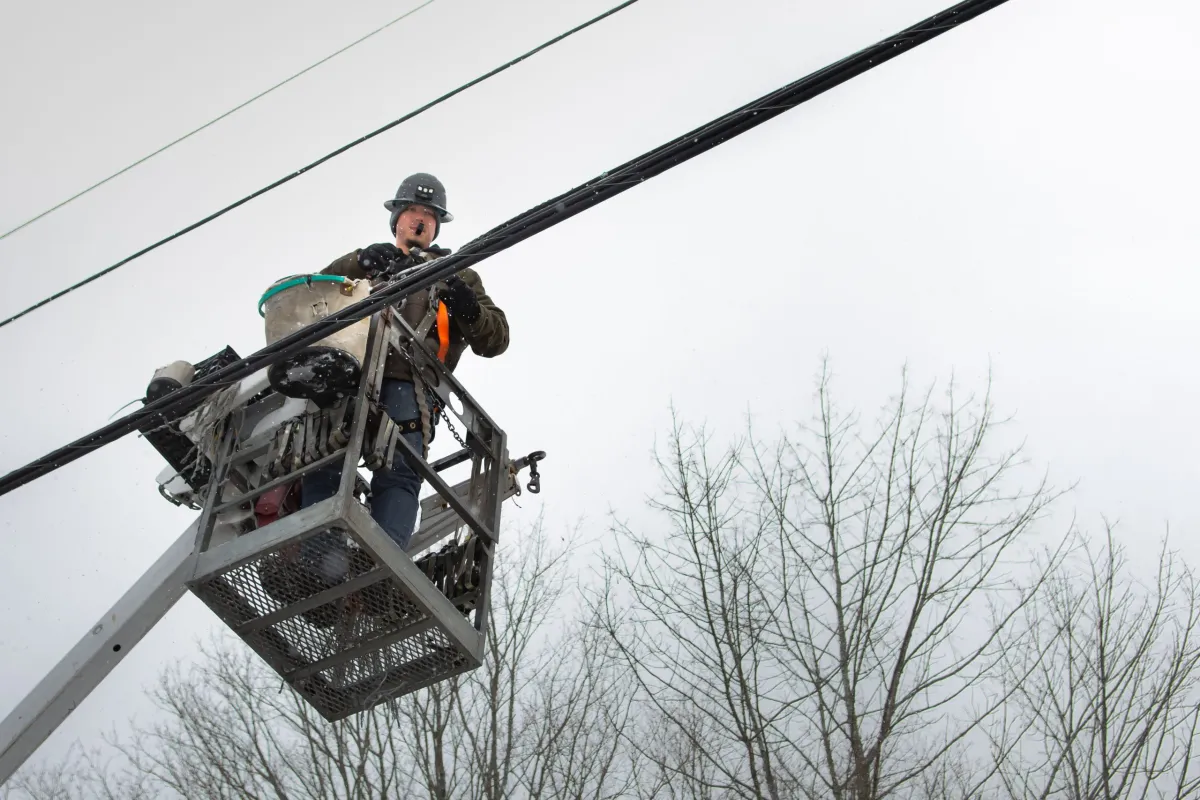Like many towns and cities, Erie, Pennsylvania long had its identity tied to its industry. The only county of the Keystone State’s 67 located on the Great Lakes watershed – on the lake from which it draws its name – Erie, through the decades, built the reputation for building.
But unlike Detroit with its automobiles or Pittsburgh with its steel, Erie was never quite a monolithic economy evolved entirely around a singular product. During its manufacturing heyday it industrialized its Bayfront with a variety of businesses, from a shingle factory to a paper mill to a coke plant. Industry wasn’t limited to the waterfront. GE Transportation’s campus, birthed at the turn of the 20th century, campus stretched out eastwards in the city’s suburbs and other manufacturers – from Lord Corporation to Zurn Industries – scattered elsewhere south of the shoreline.
But that’s the Erie of yesteryear. As Erie Reader Contributing Editor Jim Wertz reports, a look at the Pennsylvania Department of Labor and Industry reveals that today only Wabtec cracks the top-10 list of employers in the region as a manufacturer.
So, like many towns and cities whose identity was long tied to their industries, Erie has been in the process of being reimagined as the industries of past shuttered, relocated, or dwindled as the 20th century gave way to the 21st. Like Pittsburgh, 130 miles to the south, Erie’s new identity has been coming into focus with the rise for meds and eds, albeit on a smaller scale. So, too, has it through the rise of restaurants, shops, and breweries with locals investing in and innovating in their community.
“I really wanted to lean in to help our city develop and grow,” says Hannah Kirby, who left her job as a quality control engineer to open a small business three years ago.
And also like many towns and cities in the midst of the reimaginings, Erie is now grappling with the real-time challenges and threats for which it hadn’t planned.
As Hannah Kirby puts it: “In 2020, we found ourselves in the middle of pandemic, which I did not include in my business plan.”
Hannah is the owner of Ember+Forge, a locally-owned coffee shop nestled in an historic building on Erie’s main street in the heart of city’s downtown. She is one of several small-business owners featured throughout MenajErie Studio’s four-part docu-series focused on Erie.
The first part of the series – “Meet Erie,” in which the wife-husband filmmakers duo Jessica and Nick Taylor introduce their project, shot during the summer of 2020 – is available here and is worth watching to both get a fuller context of Erie, Pennsylvania and get to know the talent behind the project at MenajErie.
In Part II, Jessica and Nick focus their lens on the economic impact of the pandemic to Erie highlighting in interviews Hannah, along with Jason Lavery of Lavery Brewing Company, Pineapple Eddie Southern Bistro’s Karen Thomas, Bridgeway Capital’s Cathryn Easterling , and the city’s mayor, Joe Schember – all of whom audiences meet in the first installment.
The brilliance of the 8-minute-long episode is that rather than focusing on the dollars and cents of the businesses, Jessica and Nick capture how the people behind the businesses designed to bring people physically together are working to making sense of the uncertainty unfolding around them in the summer of 2020.
The struggle through the crisis is not Erie’s alone. Nor are the pivots to takeout windows to picnic tables in parking lots to inverting business models honed and crafted over the years overnight.
“Our mission was to create a space for people to connect, collaborate, share ideas,” Hannah says, then going on to ask: “How do we facilitate those conversations that are so vital to what’s happening outside of our doors and to the growth of our city? How do we continue to help facilitate those without being able to be that physical space?”
MenajErie’s highlighting of these Erie entrepreneurs reminds viewers that small businesses continue to play a big part in the reimagining of towns and cities. They’re thinking not just of their bottom lines and their own survival but of their continued impact to their communities.



